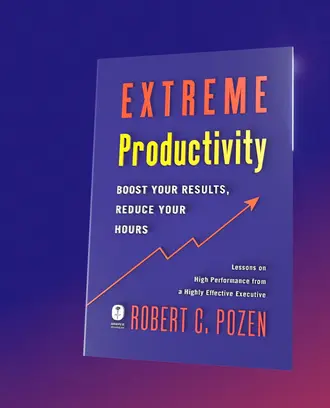CAMBRIDGE, Mass., Jan. 2019 –– Companies spend billions of dollars patenting, but it can be hard to understand how much value they are getting in return. If patents stop competitors from copying a product, they can generate greater profits or faster growth and thus be quite valuable. But, if competitors can find ways to copy products without violating the patents, then those patents may be worthless. In a recent study, MIT Researcher identified an easy measure that firms can use to help evaluate the scope of protection that a patent provides.
“What a patent protects –– or its scope –– is important to understand because that’s what gives the patent value. But across a large patent portfolio, there can be thousands of patents worth billions of dollars. Which are the valuable ones? It can be prohibitively time consuming and expensive to review every patent in a portfolio,” says Thompson, who conducted the study with Prof. Jeffrey Kuhn of the University of North Carolina. He explains that valuing large portfolios is necessary in a variety of business deals, such as mergers and acquisitions and licensing agreements. It is also necessary when a company needs to make decisions about which patents to abandon and which to maintain, as maintenance fees can be expensive.
“It is very costly to evaluate patents, so it’s not uncommon for a firm to base licensing decisions on only a handful of patents that are deemed most important in a portfolio. However, this is risky, as there may be other valuable patents that are being overlooked. A better method is needed to sort through portfolios and determine which provide the broadest protection,” says Thompson.
In their study, the authors discovered that counting the number of words in a patent’s first claim is a good predictor of patent scope –– with more words corresponding to less protection. Thompson gives a hypothetical example of a bicycle patent to illustrate: “If my patent covers ‘bicycles,’ then it is very broad. If it covers ‘red bicycles,’ then it is narrower. And if it covers ‘red bicycles with training wheels,’ then it is even narrower. The more words you add, the narrower the patent’s protection.”
The researchers found that typical first claims average around 120 words, but almost no patents exceed 500 words in that section. Ninety-five percent of first claims have less than 375 words. “A tip for practitioners sifting through hundreds or thousands of patents is to identify the ones with the shortest first claims and spend more time on those,” says Thompson.
He adds, “Patent protection is important, but it’s hard to know what is valuable and what is not. This method provides a new tool for quickly reviewing and prioritizing large patent portfolios.”
Thompson and Kuhn are coauthors of “How to measure and draw causal inferences with patent scope,” which was published in The International Journal of the Economics of Business. The authors also pre-computed the number of words in the first claim of many patents, to help practitioners. That data can be found here: http://jeffreymkuhn.com/index.php/data/ under “Patent Scope and Examiner Toughness Dataset”.
The MIT Sloan School of Management is where smart, independent leaders come together to solve problems, create new organizations, and improve the world. Learn more at mitsloan.mit.edu.



